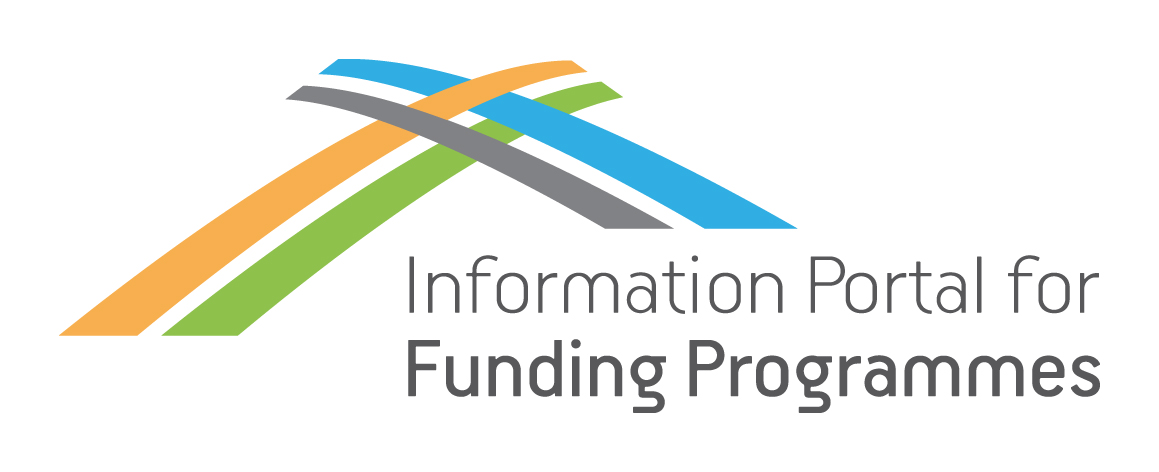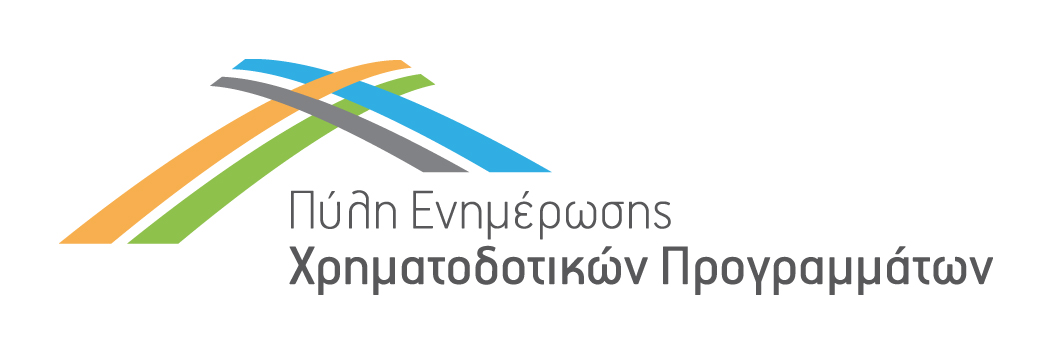Solar-to-X devices for the decentralized prosumption of renewable fuels, chemicals and materials as climate change mitigation pathway
Programme Category
Programme Name
Programme Description
Horizon Europe is the European Union (EU) funding programme for the period 2021 – 2027, which targets the sectors of research and innovation. The programme’s budget is around € 95.5 billion, of which € 5.4 billion is from NextGenerationEU to stimulate recovery and strengthen the EU’s resilience in the future, and € 4.5 billion is additional aid.
Identifier Code
Call
Summary
The objective is to make progress towards synthetic fuels and chemicals technologies which integrate all necessary conversion steps into a single device, and which are solely and directly driven by solar energy.
Detailed Call Description
Solar-to-X technologies, also called artificial photosynthesis or solar fuel technologies, support the vision of a decentralized, local energy and production system with a local provision of the needed resources. In this vision, communities become not only prosumers of electricity, but also of fuels, chemicals and materials.
In this Challenge, solar-to-X technologies must address societal needs not already sufficiently covered by other energy technologies. The developed technologies should demonstrate how they can be embedded in the full functional value chain from generation to use, be self-sustaining in the long-run and provide a win-win opportunity for prosumers and the environment.
Project proposals should address one (and only one) of the following three areas:
Area 1: Standalone solar-to-X device development
Projects should address all of the following specific objectives:
- Develop standalone solar-to-X devices, converting sunlight and simple, low-energy molecules such as water, carbon oxides or N2 (non-exhaustive list) into fuels, chemicals and materials.
- Enable simplified production chains where one directly goes from simple feedstock to complex products, beyond hydrogen or carbon monoxide.
- Design solar-to-X systems that can operate independently, allowing communities and remote areas to have access to reliable and sustainable energy sources and a local production and utilization of chemicals and fuels.
- The developed devices have to reach at least TRL 4 within a 3-4 year project runtime.
Area 2: Benchmarking and common metrics development for solar-to-X devices
Projects should address all of the following specific objectives:
- Develop common metrics, protocols and equipment to enable a fair and standardized comparison between technologies within the same class, as well as between different technology classes in the field of solar-to-X (see Area 1 for the different technology categories).
- Develop a holistic framework by identifying key performance indicators common to the different categories, while considering unique features of each category. It is required to develop metrics, protocols and equipment for multiple solar-to-X device architectures (aligned with Area 1).
- Devices stemming from area 1 should serve as a portfolio-own testbed to validate the developed methodologies, protocols and equipment in practice. Standards for solar-to-X devices can (and should) build on existing ones.
- Acceptance of the developed metrics and protocols by a broad range of stakeholders within the diverse research communities must be ensured from the beginning, by e.g., co-creation workshops, extensive outreach activities, etc.
Area 3: Understanding fundamental mechanisms by means of computational materials science
Projects should address all the following specific objectives:
- Explore fundamental phenomena crucial to multiple device architectures to enable next-generation solar-to-X devices.
- Drive forward the one-to-one comparison between theory at the atomistic level and experiment. Developing more accurate and less resource-demanding quantum mechanical methods is highly encouraged.
- Bridge the scales from describing properties at the atomic, mesoscopic up to the macroscopic device level within a multiscale approach.
- Adopt a holistic approach to exploring phenomena applicable to multiple solar-to-X device architectures (aligned with area 1). Devices stemming from area 1 should serve as a portfolio-own testbed to validate the developed theoretical models.
Call Total Budget
Financing percentage by EU or other bodies / Level of Subsidy or Loan
The funding rate of this grant will be 100% of the eligible costs.
The EIC considers proposals with an EU contribution of up to €4.000.000 as appropriate.
Thematic Categories
- Environment and Climate Change
- Research, Technological Development and Innovation
Eligibility for Participation
- Legal Entities
- Natual person / Citizen / Individual
- Other Beneficiaries
- Researchers/Research Centers/Institutions
Eligibility For Participation Notes
The admissibility and eligibility conditions are described in Annex 2 and Annex 3 of the EIC Work Programme 2024.
In order to apply, proposals must meet the general eligibility requirements (see Annex 2 of Work Programme) as well as possible specific eligibility requirements for a specific Challenge.
Call Opening Date
Call Closing Date
National Contact Point(s)
Research and Innovation Foundation
Address: 29a Andrea Michalakopoulou, 1075 Nicosia, P.B. 23422, 1683 Nicosia
Telephone: +357 22205000
Fax: +357 22205001
Email: support@research.org.cy
Website: https://www.research.org.cy/en/
Contact Persons:
George Christou
Scientific Officer
Email: gchristou@research.org.cy
Nedi Kaffa
Scientific Officer
Email: nkaffa@research.org.cy
EU Contact Point
Research Enquiry Service: https://ec.europa.eu/info/research-and-innovation/contact/research-enquiry-service_en
EIC 2024 work programme – d801a0d8-492e-4510-9dd6-8d942756e7c7_en (europa.eu)




